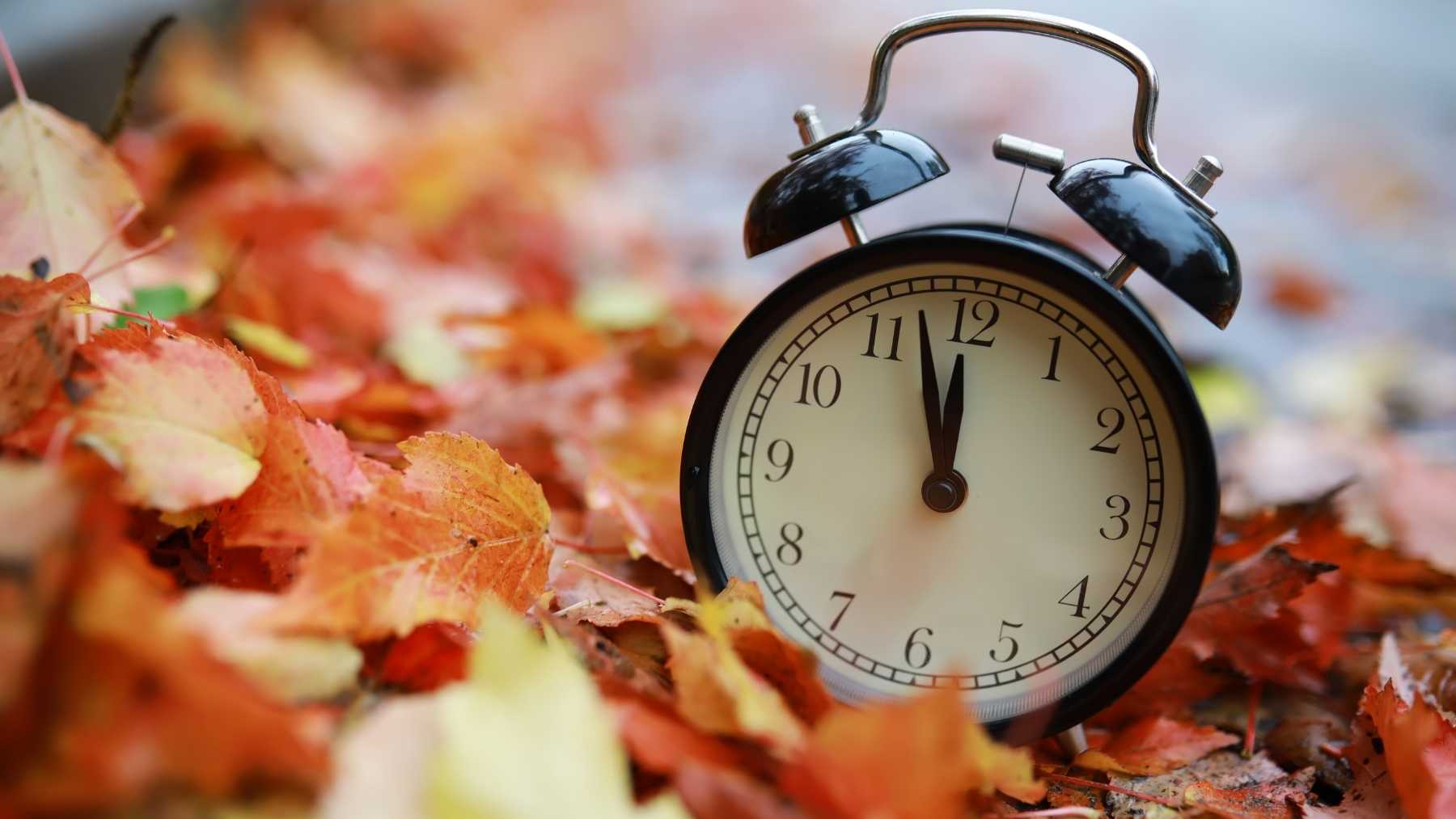Look, let’s face it — every year, most of us end up asking ourselves the same question: ‘When on earth do we change the clocks again?’ It’s just one of those quirky American traditions. Twice a year, there’s that strange moment of confusion, usually late at night, when you’re not sure whether you’ve gained or lost an hour. It doesn’t matter whether you’re a night owl or an early riser; it’s always a little bit annoying.
You know the drill: every spring, we move the clocks forward by one hour (‘spring forward’) to enjoy some extra daylight after work. Then, in autumn, we roll them back again (‘fall back’), stealing some extra sleep — at least for one night — and brightening up those cold, dark mornings.
But seriously, why do we even do this?
Funny enough, you can blame Benjamin Franklin – well, sort of. Back in 1784, he actually made a joke about waking up earlier to save candles. He probably never imagined that we would take him seriously. Fast forward to 1907 and a British man named William Willett argued that people were wasting perfectly good sunlight by sleeping in.
There’s actually some logic behind why the US stuck with it
Getting More Out of Daylight: The main idea behind Daylight Saving Time (DST) is simple: more sunshine after work or school. In spring, when the clocks go forward, we get those extra hours of daylight in the evenings. In autumn, when the days get shorter, moving the clocks back gives us a bit more light in the mornings.
Saving energy (at least that was the plan): DST became popular around the time of the First and Second World Wars because longer evenings meant that people wouldn’t need to use their lights as much, supposedly saving fuel and energy for the war effort.
Money talks: Businesses quickly realised that longer daylight hours meant more shopping, dining out, outdoor sports and recreation. It wasn’t just about daylight – it was about dollars.
So, when exactly do we change the clocks in 2025?
In 2025, DST began on Sunday, 9 March. The next change will take place on Sunday, 2 November at 2:00 a.m., when clocks officially ‘fall back’ to 1:00 a.m. (At least you get an extra hour of sleep!)
And just a reminder: DST dates vary slightly every year and things are different around the world. Some countries change their clocks on different days entirely, while others ignore DST altogether.
Could this be our last ever clock change?
Honestly, nobody really knows yet — that’s all up to Congress. Back in 2022, the Senate passed a bill called the Sunshine Protection Act, which aimed to make DST permanent. It sounds great, but it got stuck in the House of Representatives and never actually became law. So, we’re still waiting to see if they’ll finally ditch clock changes for good.
But not everyone is in favour of this…
Some places in the US have already rejected the idea of changing clocks. Hawaii, for example, just doesn’t bother. The same goes for Arizona, except for the Navajo Nation. What about Puerto Rico, Guam, and the US Virgin Islands? They skip it, too.
Final thoughts
So here we are. For now, at least, you’ll need to change your clocks one final time on Sunday 2 November 2025 at 02:00. After that, who knows? Perhaps Congress will finally settle this once and for all, or maybe we’ll just keep having the same conversation every year.

